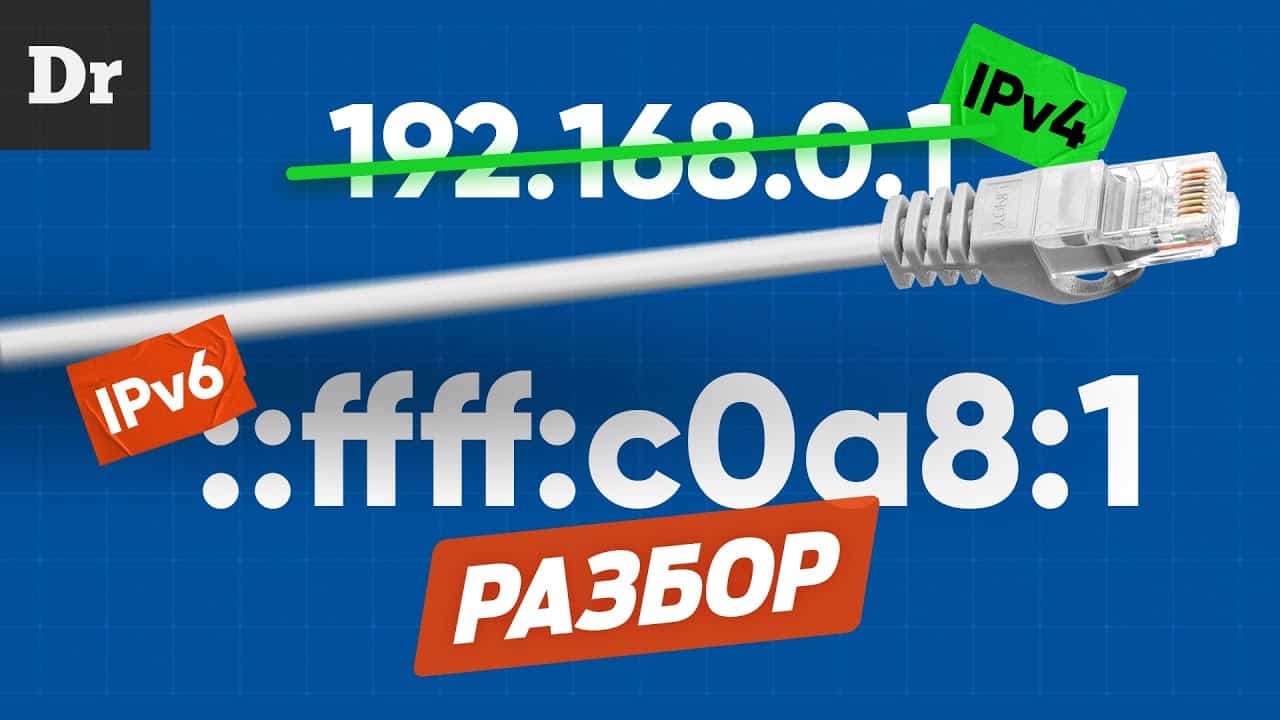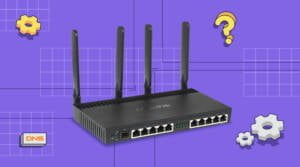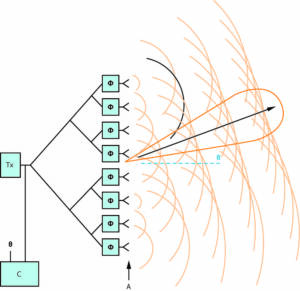IPv6 vs IPv4: Key DifferencesIPv6 is the new version of the Internet Protocol and is the successor to IPv4. One of the main differences between IPv6 and IPv4 is the number of addresses. IPv4 uses 32-bit addresses, which limits the number of unique addresses to 4.3 billion. While IPv6 uses 128-bit addresses, which provides more than 340 sextillion unique addresses. IPv6 also has a more efficient routing mechanism and improved security. It also supports features such as automatic address configuration and packet forwarding, making it more convenient to use. However, IPv6 has not yet completely replaced IPv4, as many network devices and software still do not support the new protocol. However, IPv6 is the future protocol of the Internet and its use will continue to grow in the coming years.
IPv6: advantages over IPv4
IPv6 is the next generation of the IP protocol, which was developed to replace the older IPv4 protocol. One of the main advantages of IPv6 over IPv4 is that the address space has increased by many orders of magnitude. IPv6 uses a 128-bit address, which means that the number of possible addresses is 2 to the power of 128. This number is so large that each person on Earth could be assigned several quintillion addresses.
In addition, IPv6 has a more efficient routing system, which allows for faster data transfer and reduced network load. IPv6 also provides more secure data transmission because it uses connection encryption and data protection mechanisms.
Overall, IPv6 is a more advanced and advanced technology than IPv4. It provides faster data transfer speeds, more secure data transfer and infinite address space.
IPv6: setup on MacOS
If you're using MacOS, setting up IPv6 will be easiest. First of all, make sure your operating system supports IPv6. This can be done by opening a terminal and entering the command 'networksetup -listallnetworkservices'. If 'Wi-Fi (IPv6)' appears in the list, your operating system supports IPv6.
Next, go to 'System Settings' and select 'Network'. Click on the 'Wi-Fi' button on the left and select 'Advanced'. In the window that opens, select 'TCP/IP' and in the 'Configure IPv6' menu select 'Automatic'. Save your changes and close the window.
Your operating system is now configured to use IPv6. You can check the functionality by opening a web browser and going to a site that supports IPv6, for example, ipv6.
google.
com. If the site displays correctly, then IPv6 is working.
IPv6: configuration on mobile devices
IPv6 is a new version of the Internet protocol that will replace the current version IPv4. It provides a wider range of addresses and a more secure network. If you want to use IPv6 on your mobile device, then you need to follow these steps:
1. Open Wi-Fi settings on your mobile device.
2. Select the Wi-Fi network you want to configure to IPv6.
3. Click on the "Advanced" icon.
4. Find the IPv6 option and enable it.
If your ISP supports IPv6, then after completing these steps you will be connected to an IPv6 network. If your ISP does not support IPv6, then you will not be able to use it on your mobile device.
IPv6 is a new protocol that provides a more secure and wider network. If you want to use it on your mobile device, then you have to follow a few simple steps.
IPv6: how does it affect the Internet and its development?
IPv6 is a new Internet connection protocol that replaces the outdated IPv4. The main difference is the increase in address space from 32-bit IPv4 to 128-bit IPv6 addresses. This means that IPv6 can provide endless potential for Internet connectivity, ultimately leading to a faster, more efficient Internet, better connectivity, and more capabilities.
IPv6 also offers new security features that help protect users' devices and data. For example, IPv6 supports data encryption as well as protection against malicious attacks, making the Internet safer for users.
Despite all the benefits, the transition to IPv6 is not happening as quickly as many expected. This is because not all devices support IPv6, and many Internet service providers have not yet switched to the new protocol. However, as IPv6 becomes more widespread, Internet connections will become faster and more secure for users.
Overall, IPv6 represents a significant step forward for Internet technology and will impact the Internet and its development by providing greater security and endless possibilities for online connectivity.
Read further:






